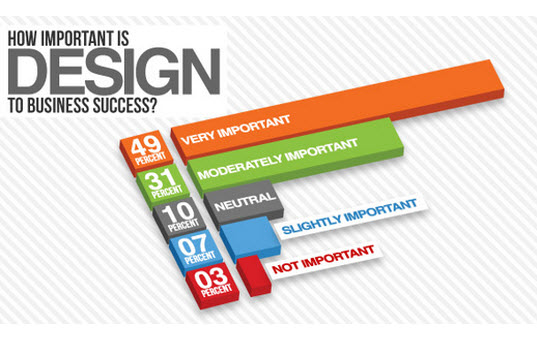Keen To Find How Website Layout Has Changed Gradually? Dive Into The Advancement From Simpleness To User-Focused Experiences
Keen To Find How Website Layout Has Changed Gradually? Dive Into The Advancement From Simpleness To User-Focused Experiences
Blog Article
Post Produced By-Kinney Molina
In the past, web sites were simple and focused on details. Navigation was direct, and layout was for desktops. Now, user experience is vital. Information overviews designs for easy navigation. personalized website content fit different devices. Today, dark mode minimizes stress, and minimal menus boost navigating. Interactive attributes engage customers, and bold visuals attract attention. AI combination improves involvement. See just how layout has progressed to enhance your on-line journey.
Early Days of Web Design
In the very early days of web design, simpleness reigned supreme. https://www.digitaljournal.com/pr/aardvark-marketing-group-provides-powerful-marketing-solutions-to-maximize-businesses-social-media-awareness were fundamental, with limited colors, typefaces, and formats. The emphasis was on providing info instead of fancy visuals. Individuals accessed the web via slow dial-up links, so speed and performance were key.
Navigating menus were straightforward, generally located at the top or side of the page. Internet sites were created for desktop computers, as mobile surfing wasn't yet common. Material was king, and developers prioritized simple readability over complex layout elements.
HTML was the primary coding language used, and developers needed to function within its constraints. Animations and interactive attributes were marginal contrasted to today's criteria. Sites were static, with little vibrant web content or tailored user experiences.
Increase of User-Focused Design
With the advancement of internet site layout, a shift in the direction of user-focused style concepts has come to be progressively prominent. just click the next article , developing sites that prioritize individual experience is essential for involving visitors and achieving business objectives. User-focused style includes recognizing the needs, preferences, and actions of your target market to customize the website's layout, content, and includes as necessary.
Developers currently conduct detailed research study, such as user surveys and functionality testing, to collect insights and comments directly from customers. This data-driven method helps in producing intuitive navigation, clear calls-to-action, and visually attractive user interfaces that resonate with site visitors. By placing the user at the facility of the layout procedure, internet sites can deliver an extra customized and satisfying experience.
Receptive style has actually additionally emerged as a key facet of user-focused design, making sure that websites are optimized for different devices and screen dimensions. https://inboundcontentmarketing17395.weblogco.com/26605003/keen-to-find-just-how-website-layout-has-transformed-over-time-study-the-advancement-from-simpleness-to-user-focused-experiences and usability, accommodating the varied methods customers engage with websites today. Fundamentally, the increase of user-focused design symbolizes a shift in the direction of creating electronic experiences that focus on the needs and assumptions of completion customer.
Modern Trends in Website Design
Discover the most recent fads forming web design today. One famous trend is dark mode style, supplying a streamlined and modern appearance while minimizing eye stress in low-light atmospheres. One more crucial trend is minimal navigating, streamlining menus and enhancing individual experience by focusing on essential elements. Including micro-interactions, such as animated buttons or scrolling results, can create a more engaging and interactive website. Receptive style remains important, ensuring smooth individual experiences throughout various gadgets. Additionally, utilizing bold typography and asymmetrical layouts can add aesthetic interest and accentuate details material.
Integrating AI modern technology, like chatbots for consumer support or personalized recommendations, enhances individual engagement and simplifies processes. Availability has also end up being a significant trend, with designers prioritizing inclusive style methods to deal with varied customer needs. Embracing sustainability by maximizing web site performance for speed and effectiveness is an additional emerging fad in web design. Collaborating with individual responses and data analytics to iterate and improve layout constantly is essential for remaining appropriate in the ever-evolving digital landscape. By embracing these modern patterns, you can produce an aesthetically enticing, easy to use site that resonates with your target market.
Verdict
As you reflect on the evolution of site style from the early days to currently, you can see how user-focused style has become the driving force behind modern fads.
Accept the trip of change and adaptation in website design, always keeping the customer experience at the center.
Remain current with the most recent trends and innovations, and never quit progressing your strategy to create aesthetically stunning and straightforward websites.
Develop, adjust, and create - the future of web design is in your hands.
